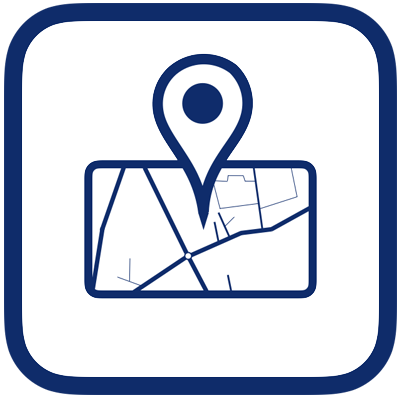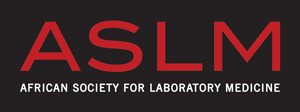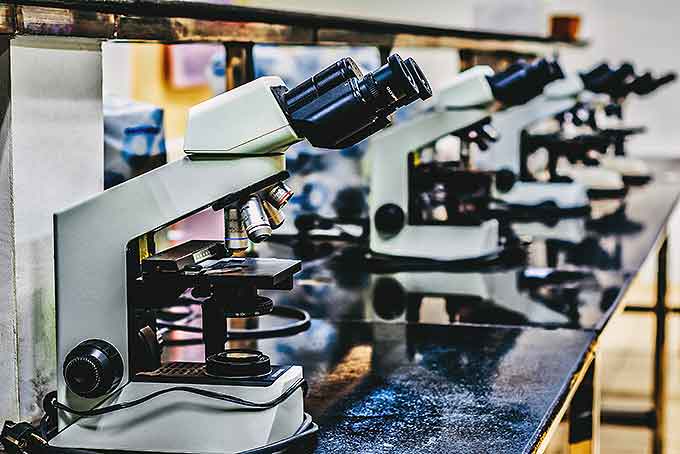LABORATORY MAPPING PROGRAM (LabMaP)
Advancing diagnostic capabilities through optimization of laboratory networks
Why Laboratory Mapping?
- Improve functionality of national and regional laboratory networks by mutualizing existing resources
- Increase diagnostic testing capacity and surveillance coverage of laboratory networks
- Prepare for and respond to disease outbreaks
Providing Tools for Mapping Laboratory Capacity
Mapping Building Blocks: For Lab Managers, Planners and Policy Makers

Data Collection Tools
Templated digital forms and tools
for assessing laboratories. English version and French version

Laboratory Registries
Manage, update, share and
visualize the data. Public portals

Analysis and Planning Tools
Report data and simulate
optimized laboratory networks. Public Dashboard
Who Should Join
- Managers and supporters of laboratories
- Stakeholders willing to share laboratory inventories and data to inform health interventions
- Those needing tools for planning laboratory networks and systems
Get Involved
Contact us for a consultation
AAshenafi@http://localhost
Join the Mapping Program to Access:
1. Digital Forms
Template forms make data collection as easy as possible and are supported on many widely used mobile devices. Current forms include:
- SLIPTA checklist
- Laboratory Capacity Assessment Checklist
2. Resource Map
Once data are available or collected, ASLM also provides a laboratory registry to manage, update, share and visualize the data. This includes:
- Registry designer and administrative functionality
- Website to maintain data over time
- Public portals for sharing data
- APIs, .CSV Downloads, and Audit Tracking
3. Planwise – A Geospatial Planning Tool
Using Data to Place Help Where it is Needed

Planwise is open-source software that helps planners determine the most impactful location to add a new
service, complete a training, or purchase equipment. Planwise was developed using industry best practices in
geospatial modeling and optimization. PlanWise allows you to:
- Determine the catchment area of laboratory facilities in your network, based on population
demographics and travel times - Compare the most impactful ways to increase the coverage and quality of diagnostic services through
the laboratory network and make smarter decisions about resource allocation - Evaluate the projected cost to scale-up a new diagnostic test or service
About the role of ASLM
ASLM’s role in the laboratory mapping program is to propose solutions for the standardized collection,
storage and analysis of geo-located data on laboratory capacity, and to support the establishment of
public and country portals in accordance with national requirements for data sharing.


